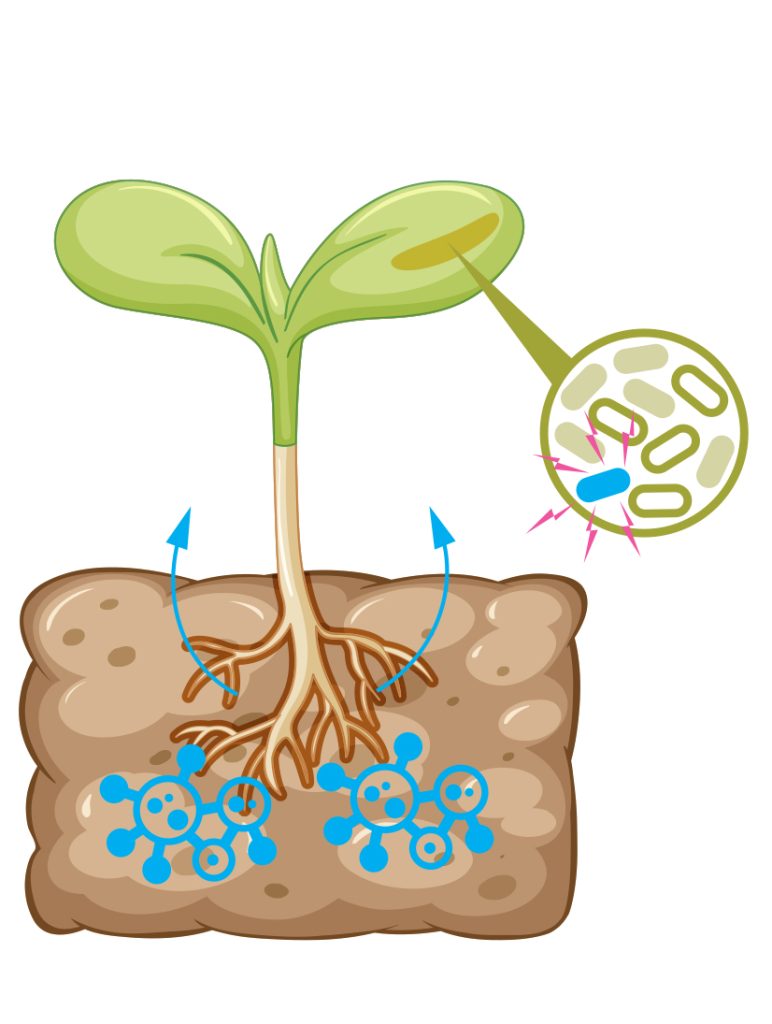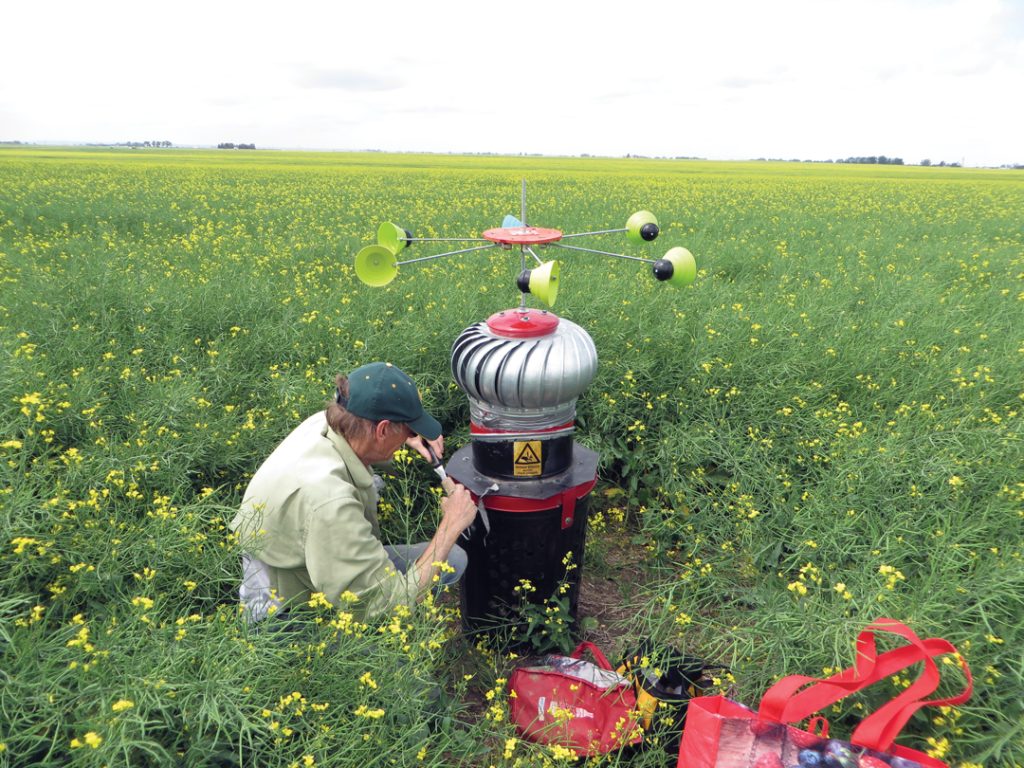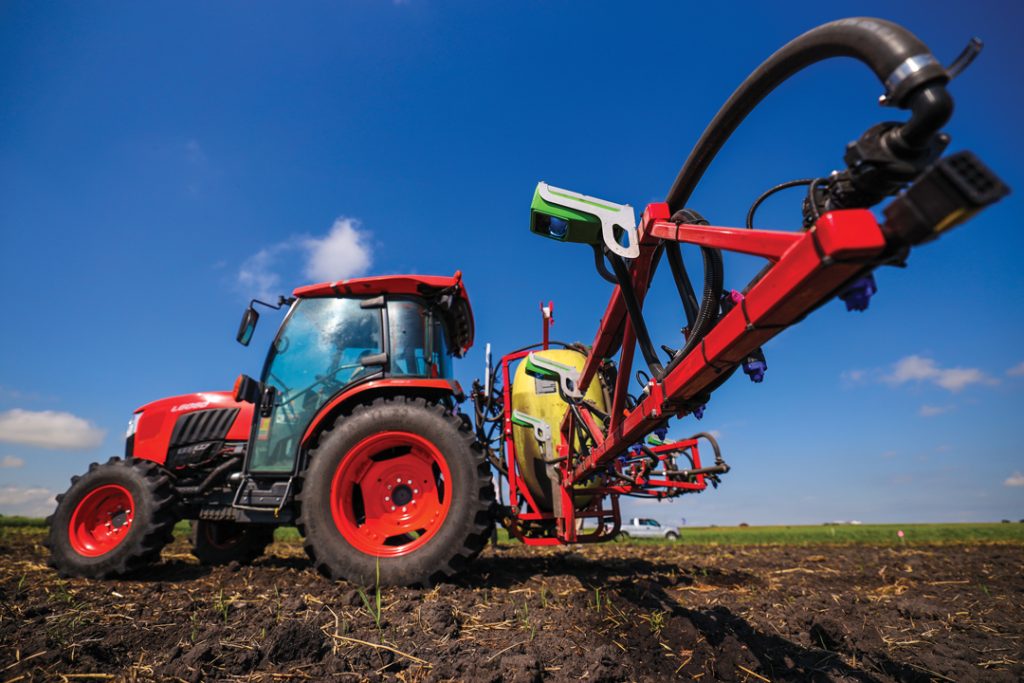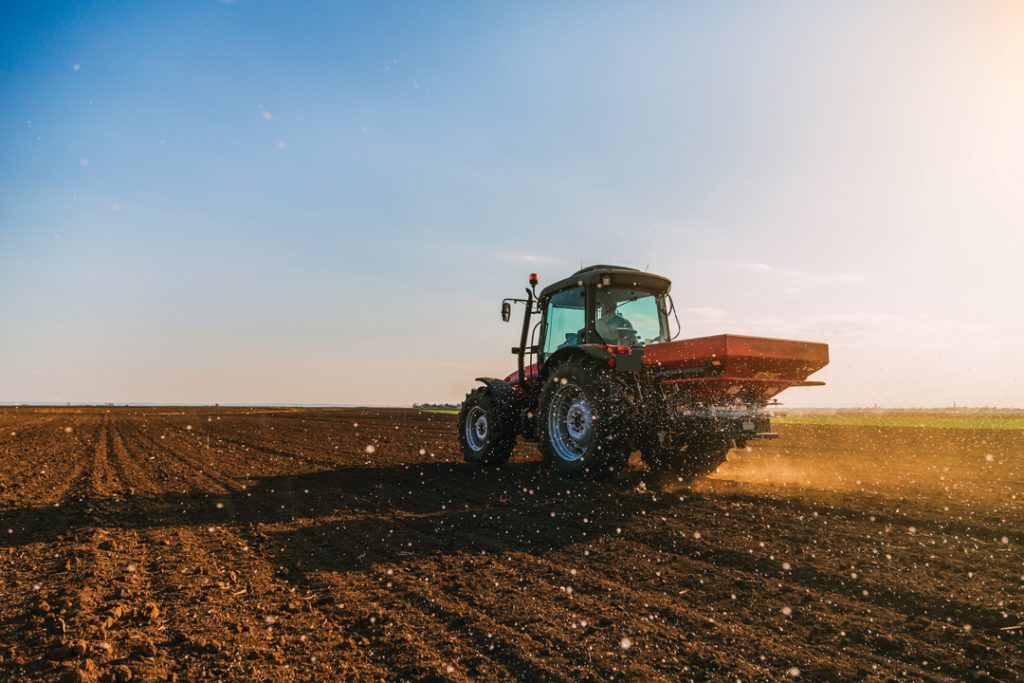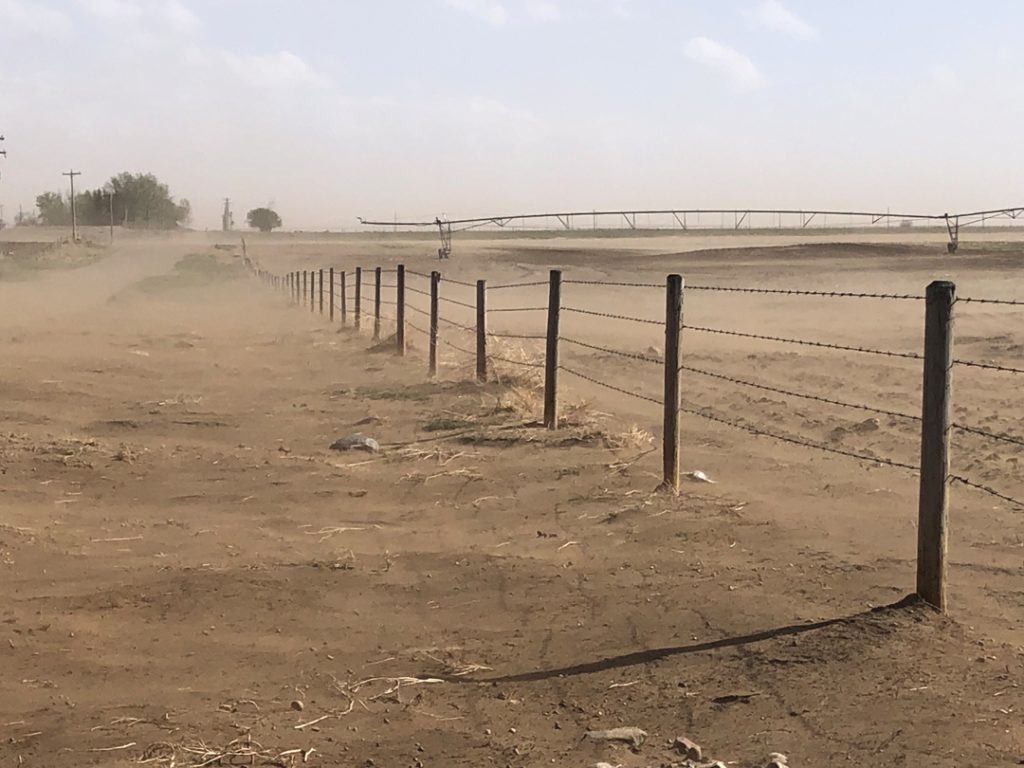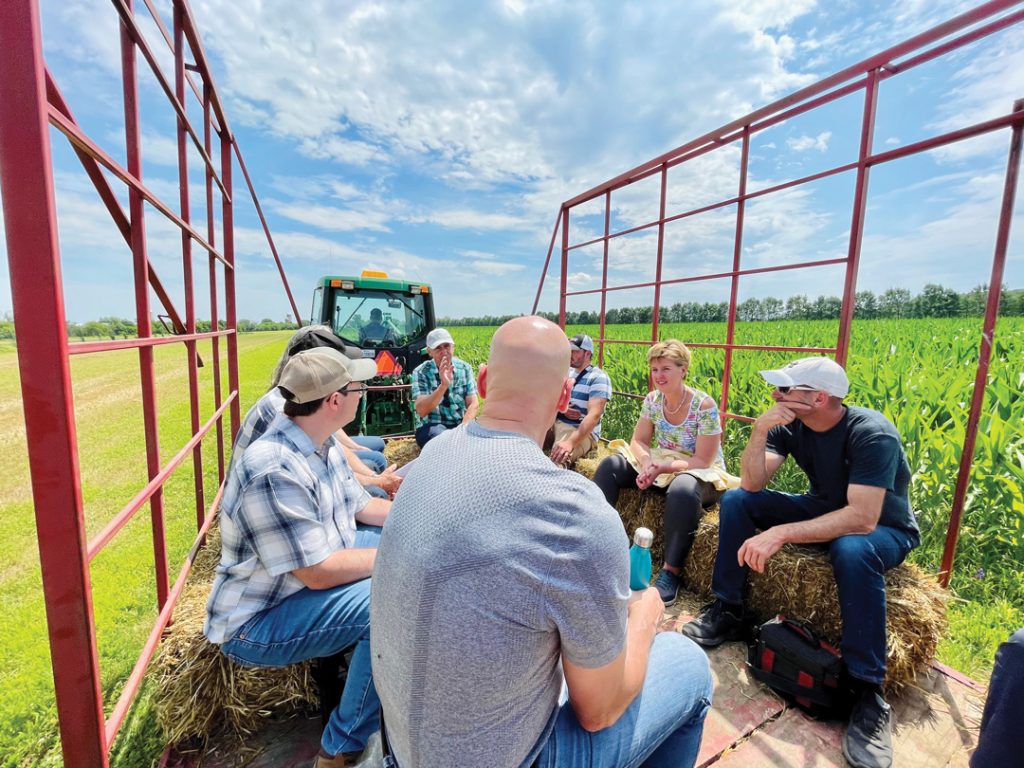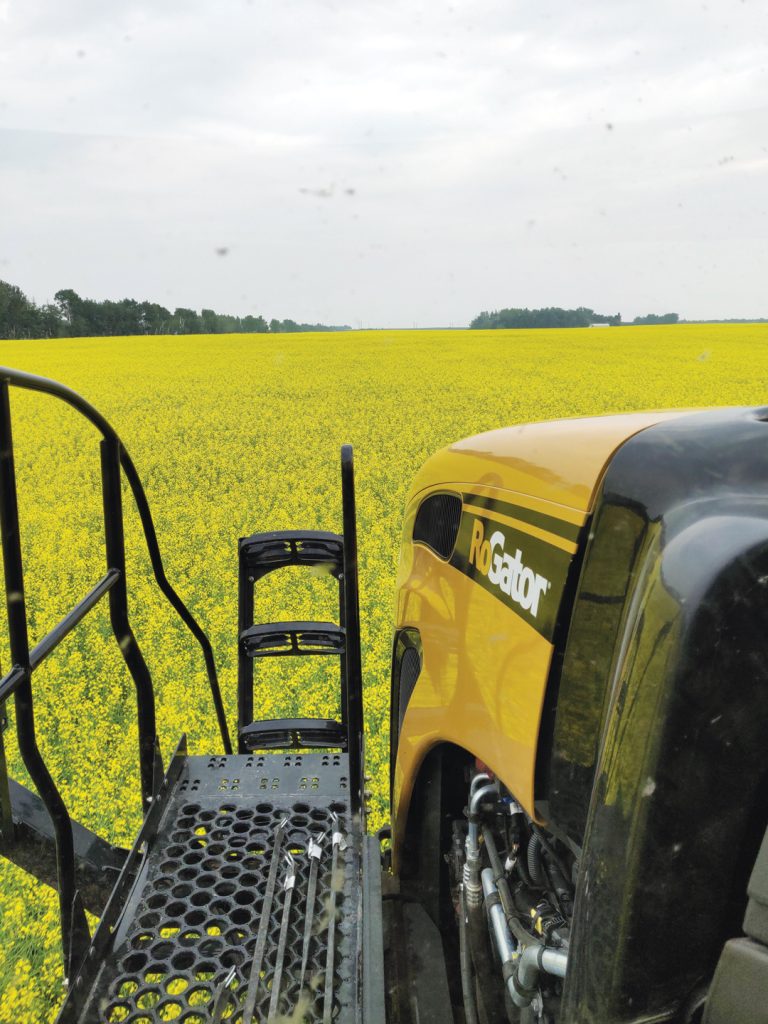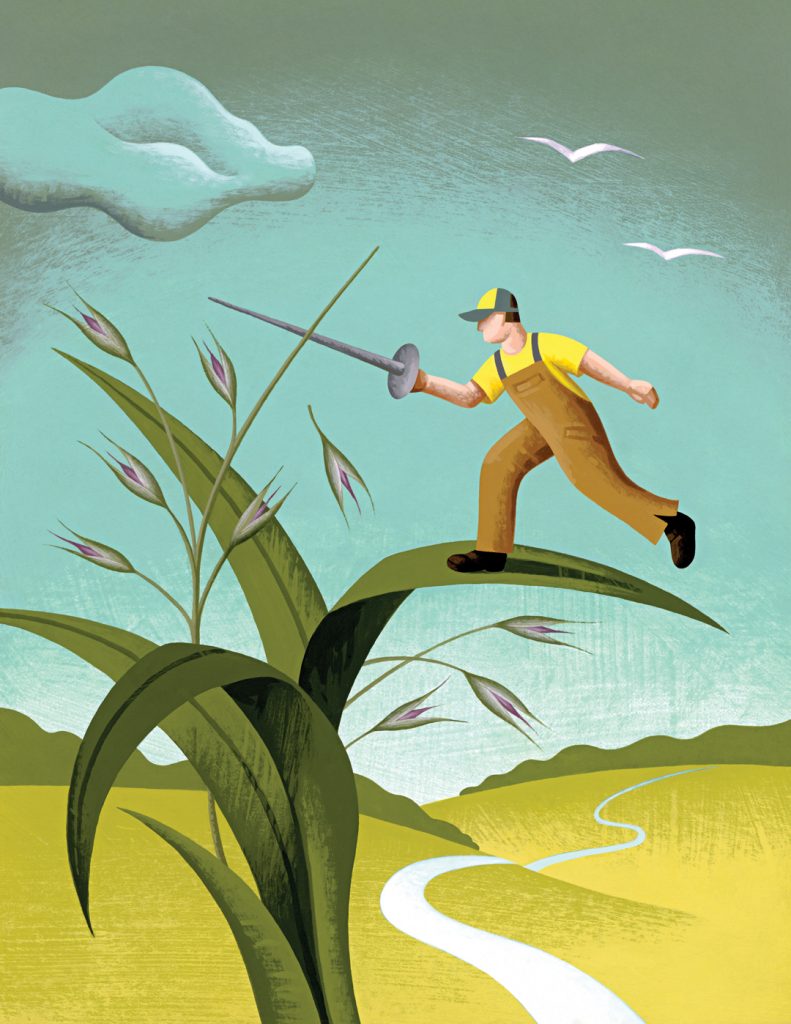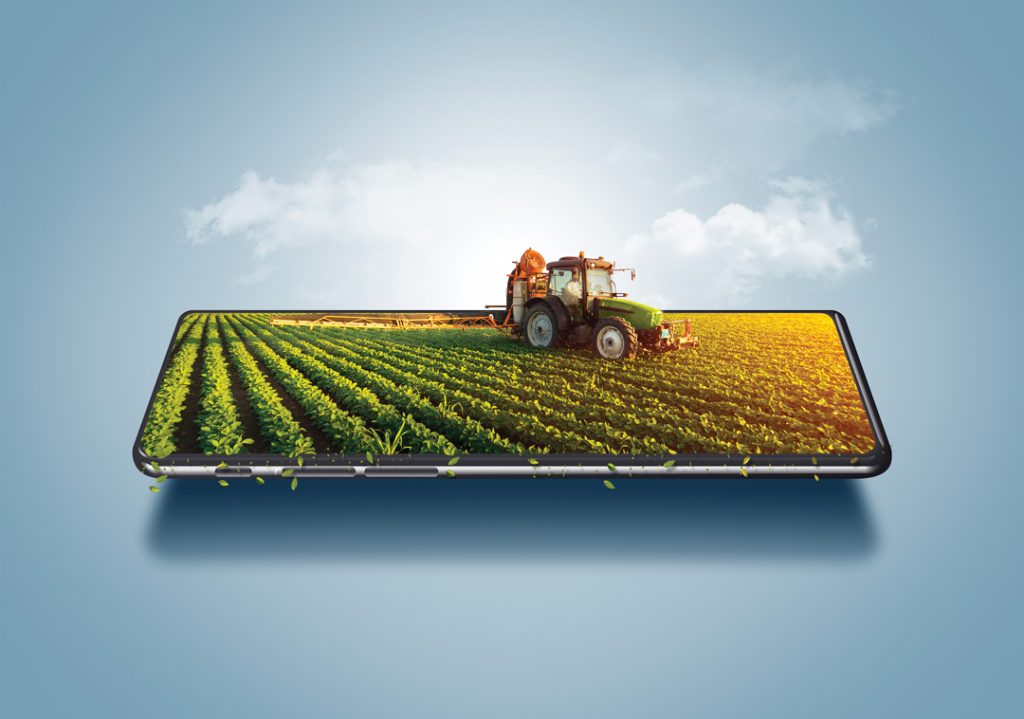LIVING PROOF
There is growing interest among farmers on the use of biostimulants to boost crop yield and quality. But with curiosity comes skepticism, as limited data on their effectiveness is available. To dispel some of the mystery around these potentially powerful tools, we spoke with companies now developing biostimulants, researchers who aim to quantify their efficacy and farmers who have adopted them in crop management systems.




